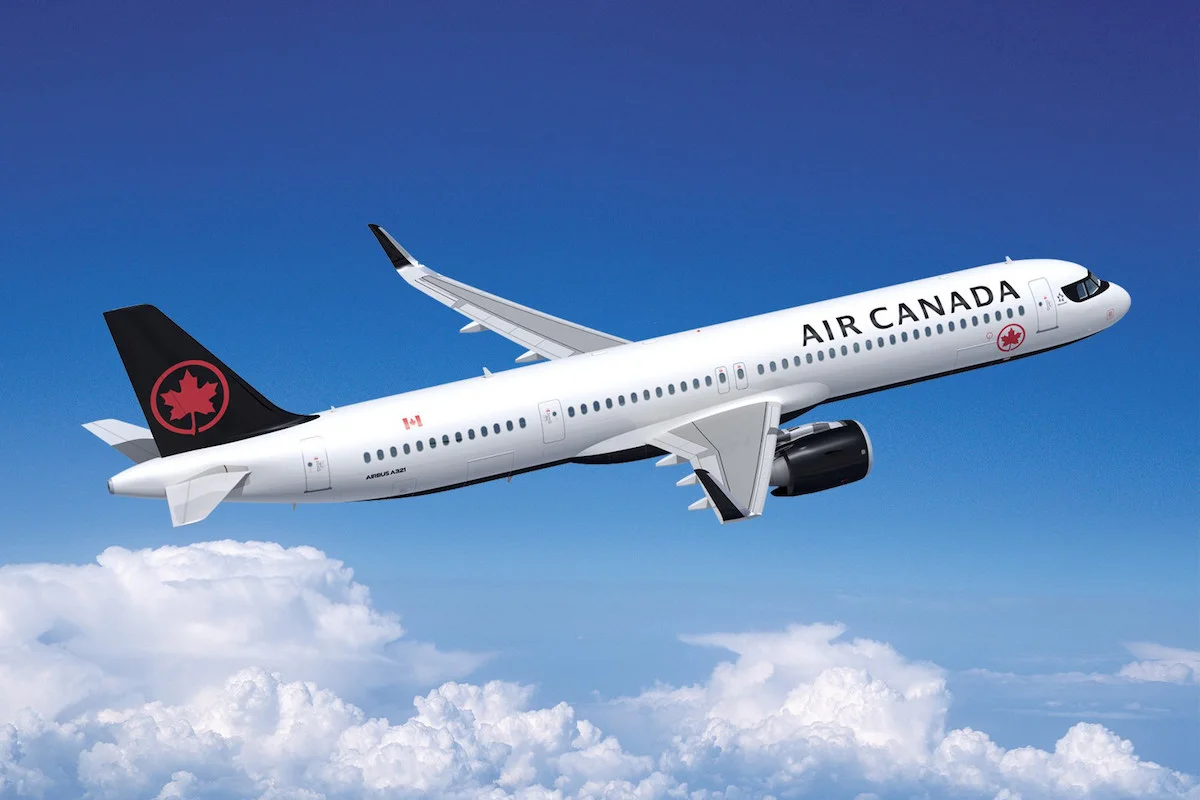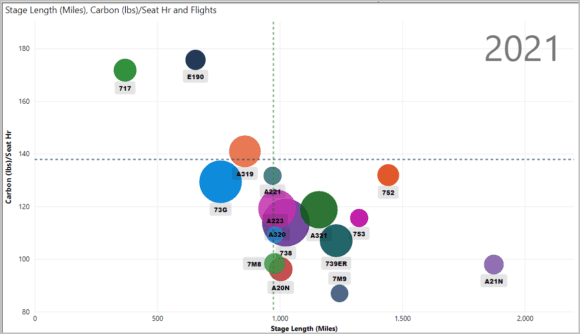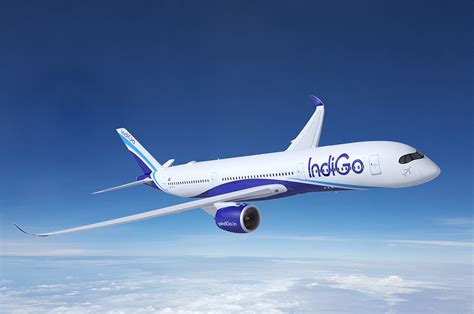
Air Canada A321XLR 2
Air Canada announced the selection of Pratt & Whitney GTF engines to power 30 firm and 14 purchase right Airbus A321XLR aircraft. This has been a much-anticpated competition. Pratt & Whitney will also provide Air Canada with engine maintenance through an EngineWise Comprehensive service agreement. The first aircraft is expected to be delivered in the first quarter of 2024.
Recall Air Canada tried to acquire Air Transat some time ago, by was thwarted by the EU. After that decision, Air Canada’s selection of the A321 was to be expected in response. With the GTF already in use on the airline’s A220 fleet, the GTF had an advantage on the A321. We expected the same logic to apply at KLM with the E2/GTF selection likely to impact that airline’s engine choice for its A320neos – but it wasn’t to be. CFM won a LEAP order.
The A321neo is not only fuel-efficient, but it also has a low carbon footprint of ~97.2 pounds of carbon generated per seat/hour. This places it among the three lowest carbon-producing aircraft we track. The following chart illustrates how relatively clean the A321neo is. The chart lists US airlines’ aircraft and provides the most granular and best publicly available benchmark.
The A321XLR will operate even longer segments than the A321neo, and given that most of the time it will be at cruise, fuel burn will remain low. And lower fuel burn means lower carbon emissions.
Views: 14





